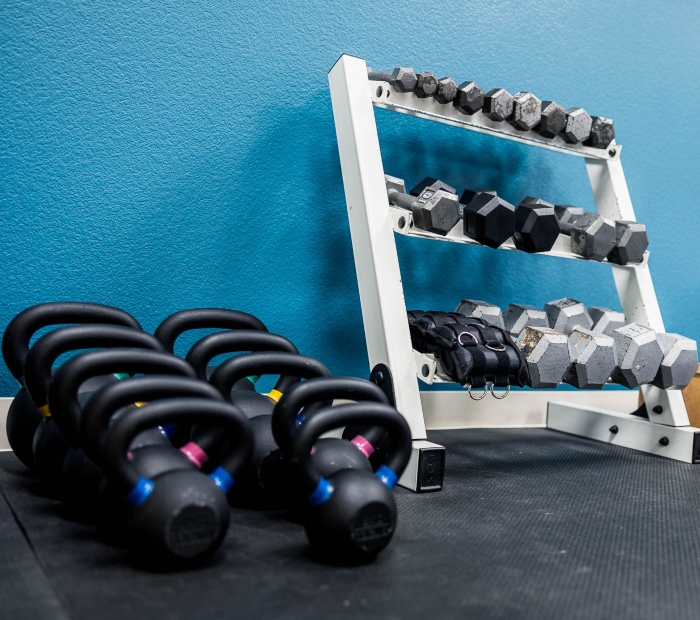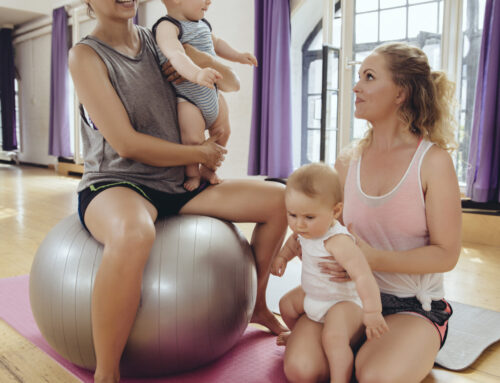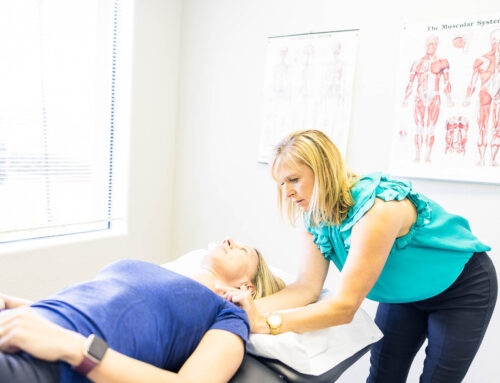The Big Six Lifts encompass all of the most fundamental building blocks of strength training. They are compound movements that will help us in life and they can transform your body and improve overall health.
In this article, we will explain the Big Six Lifts, explore examples of each, and discuss why they are crucial for a well-rounded strength training routine. Additionally, we’ll highlight the profound impact strength training has on overall health and fitness.
Why are the Big Six Lifts Important for Strength Training?
Full-Body Engagement
The Big Six Lifts are compound exercises, meaning they involve multiple muscle groups and joints simultaneously. This engagement of various muscle groups leads to efficient and effective strength development throughout the entire body.
Functional Movement Patterns
These lifts mimic natural, everyday movements, making them highly practical for real-world activities. Creating muscle memory for good technique helps us to prevent injury in our day-to-day activities. Squatting, lifting objects from the ground, pushing, pulling, and reaching overhead are all movements we do daily, and the Big Six Lifts help us become stronger and more adept at performing these tasks.
Efficiency in Time and Results
With the Big Six Lifts, you can achieve a comprehensive workout in a relatively short amount of time. Since these exercises target multiple muscle groups, they provide efficiency to your workout, making them time-effective for busy individuals.
Benefits of Strength Training
In addition to the aesthetic benefits of muscle development, strength training offers a multitude of health advantages:
Bone Health
Weight-bearing exercises, such as the Big Six Lifts, contribute to increased bone density, reducing the risk of osteoporosis and fractures. This is especially true for women over 40 when increased bone density is crucial to stay strong and prevent injury.
Metabolic Boost
Muscle is metabolically active tissue, and as you build lean muscle mass through strength training, your resting metabolic rate increases. This can aid in weight management and overall metabolic health.
Improved Joint Health
Proper strength training enhances joint stability and can alleviate joint pain by strengthening the muscles surrounding joints.
Mental Well-Being
Regular strength training has been linked to improved mood, reduced stress, and enhanced cognitive function. The endorphins released during exercise contribute to a positive mental state.
The Big Six Lifts serve as the foundation of strength training, offering a comprehensive approach to building muscle, improving functional strength, and promoting overall health and fitness. Incorporating these exercises into your routine can lead to transformative results, both in terms of physical appearance and overall attitude. As with any fitness program, it’s essential to start gradually, focus on proper form, and gradually increase intensity. Whether you’re a seasoned lifter or a beginner, the Big Six Lifts provide a pathway to make you stronger than yesterday!
The Big Six Lifts
1. Hinge
A hinge exercise focuses on moving from the hips. When you hinge, it is very important to bend at the hips while keeping the spine neutral. Reno physical therapist, Dr. Litoff, DPT shows us how to use a pole or broom handle to ensure we are in neutral spine before hinging. Examples of hinge exercises include deadlifts, good mornings, bridges, and single leg Romanian deadlifts. These all target the posterior chain muscles for improved strength and stability.
Hinge: Romanian Dead Lift
Hinge: Single Leg Pivot
2. Pull
A pull is any exercise where you are pulling the weight toward you. A classic example of a pull is a pull-up, which is a bodyweight exercise that targets the muscles of the upper back, biceps, and forearms. However there are lots of other great pull exercises like the pec fly, lateral raises, hamstring curls, and bicep curls. These compound movements are excellent for building functional strength and are effective in developing muscles in both the upper and lower body.
Pull: Pec Fly & Hamstring Curl
Pull: Whole Body Pull
3. Press
A press is anytime you are pressing weight away from your body. A classic example of a press is the overhead press, also known as the shoulder press, which involves lifting a weight from shoulder height to an overhead position. Other examples include the Pallof press, and tricep skull crushers. These exercises primarily target the shoulders, triceps, and upper back. Including the overhead press in your routine enhances shoulder strength and stability, and contributes to well-rounded upper body strength.
Press: Overhead Press & Skull Crushers
Press: Rotational Overhead Press
4. Squat Lunge
The squat is a compound exercise that targets the muscles in the lower body, including the quads, hamstrings, glutes, and calves. When you add a lunge, you can alternate sides of the body and build balance. Some examples of squat lunges include Bulgarian split squat, sumo squat, and skaters. Squat lunges engage multiple muscle groups, making them indispensable for the development of lower body strength and stability.
Squat Lunge: Bulgarian Split Squat
Squat Lunge: Squat with Reverse Lunge
5. Push
Push exercises engage the whole body, especially the core. Push-ups and planks are great examples of push exercises. Also, if you have a sled where you can add weight, this is an effective option to build lower body strength because you are pushing the sled and engaging all the muscles in the glutes and legs.
Push: Pallof Press
Push: Variations on a Push-Up
6. Row
Rows, whether bent-over rows, barbell rows, or seated cable rows, target the muscles of the upper back. These exercises play a crucial role in balancing out the pushing movements (like bench press and overhead press) by strengthening the pulling muscles. Examples of a Row are bent over row, single arm row, and a plank row. A strong upper back is essential for maintaining good posture and preventing imbalances.





